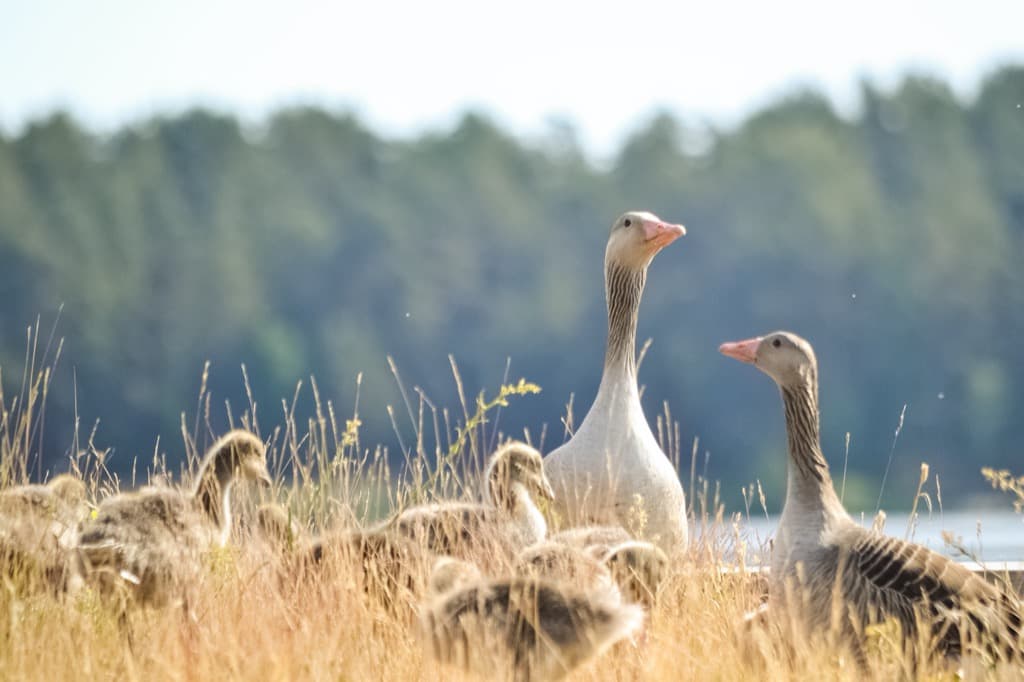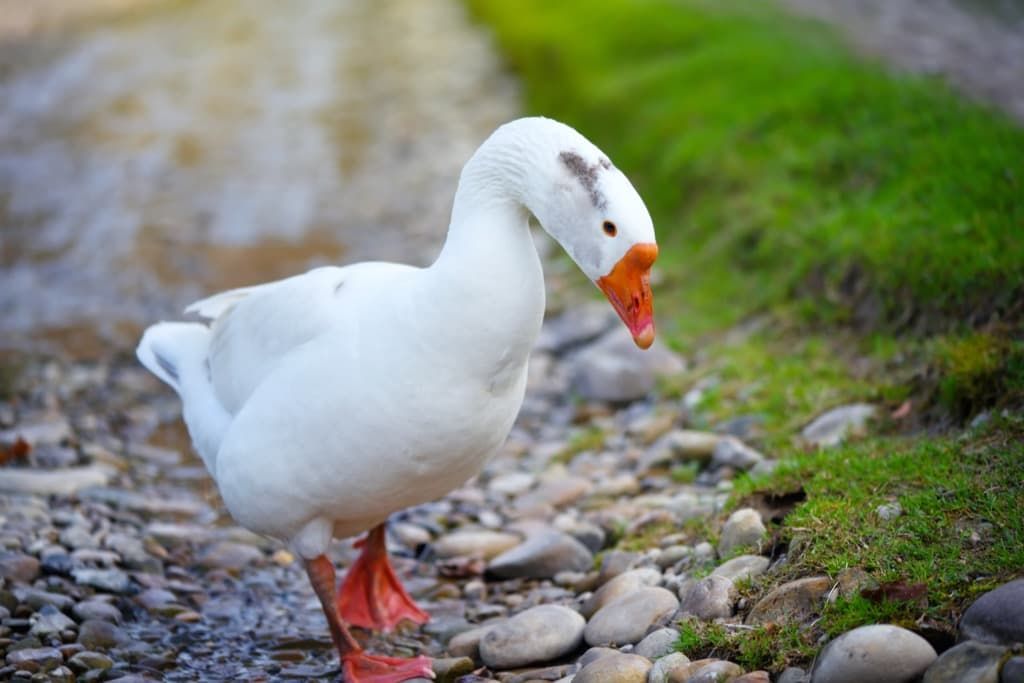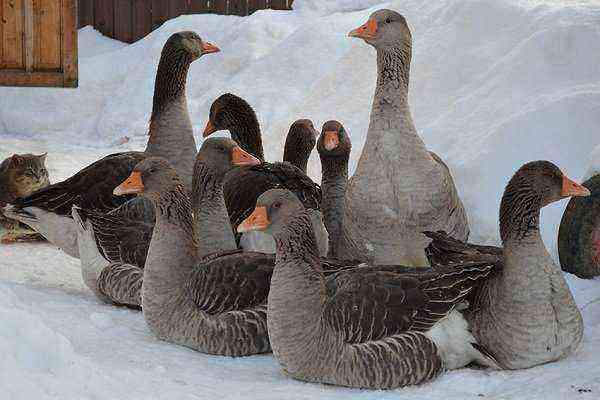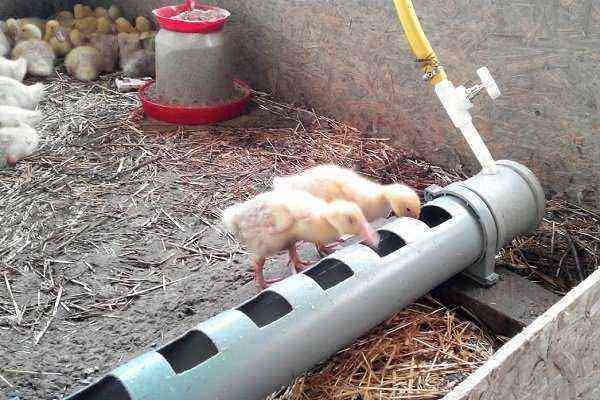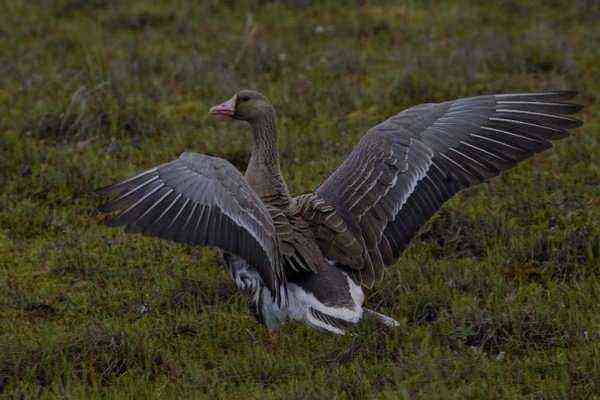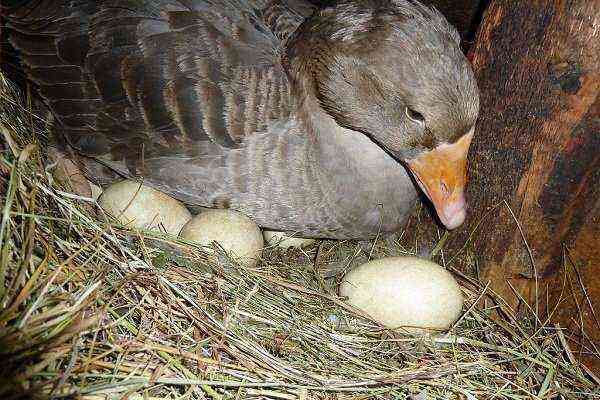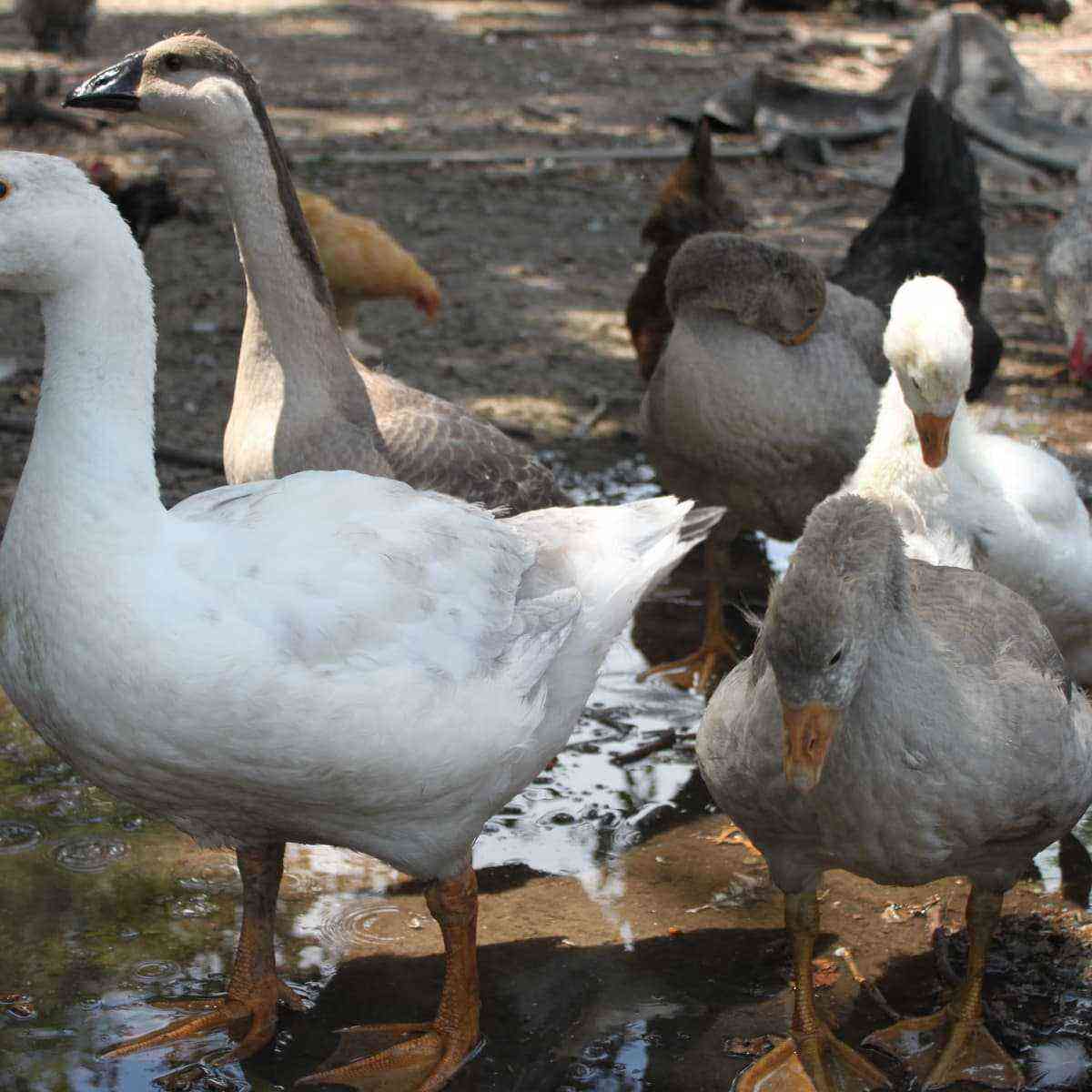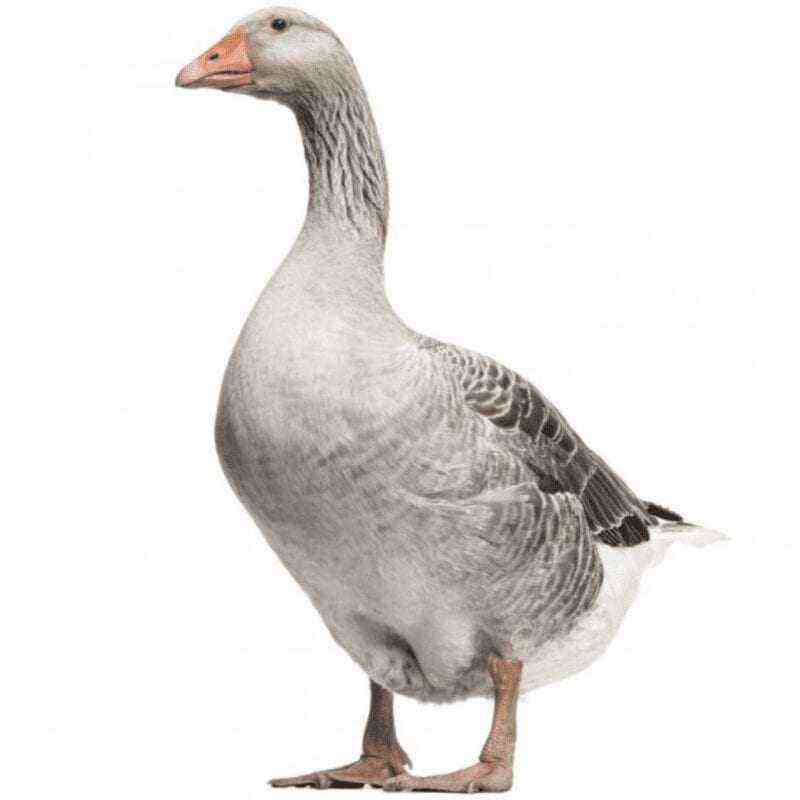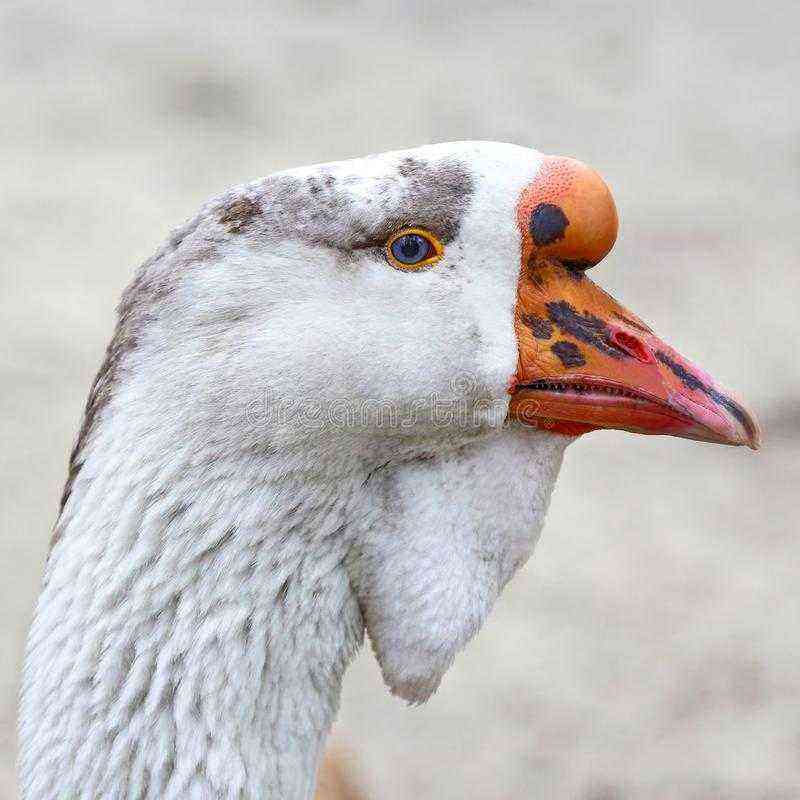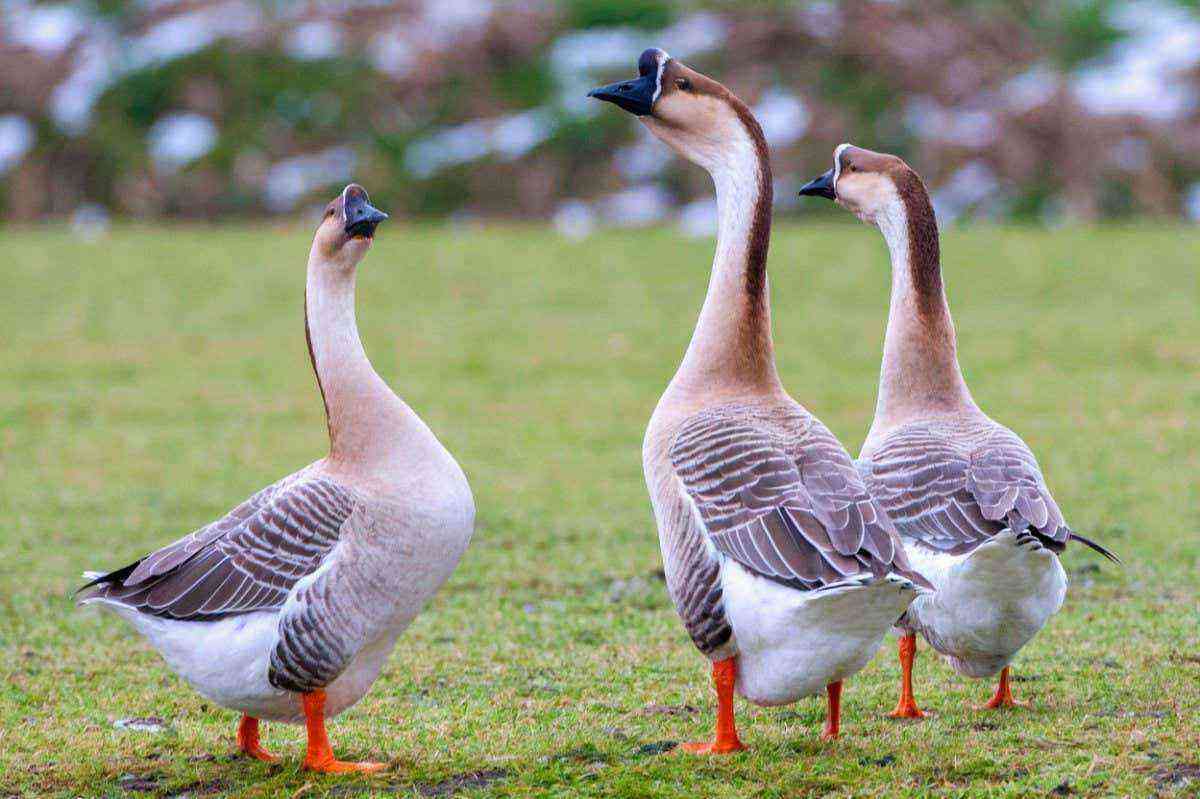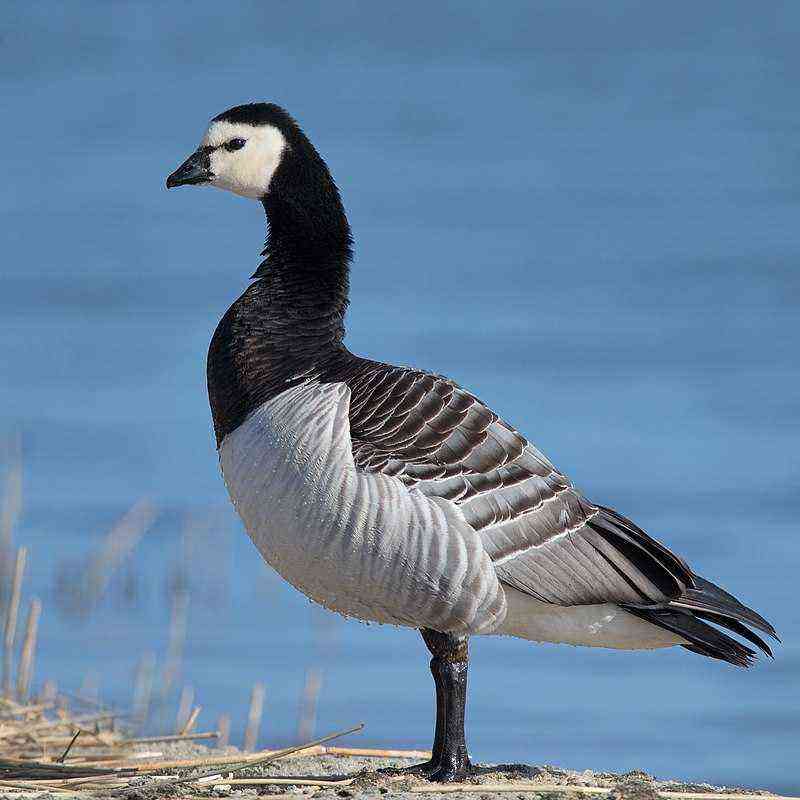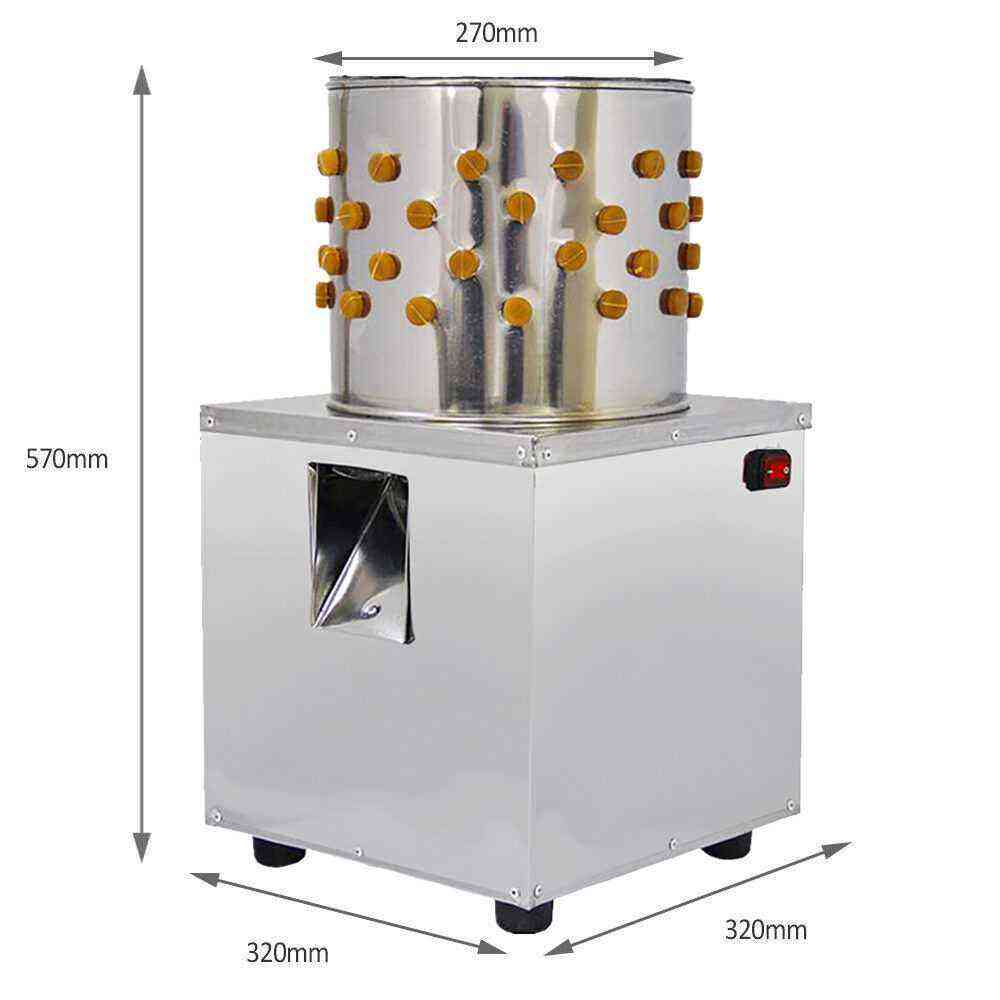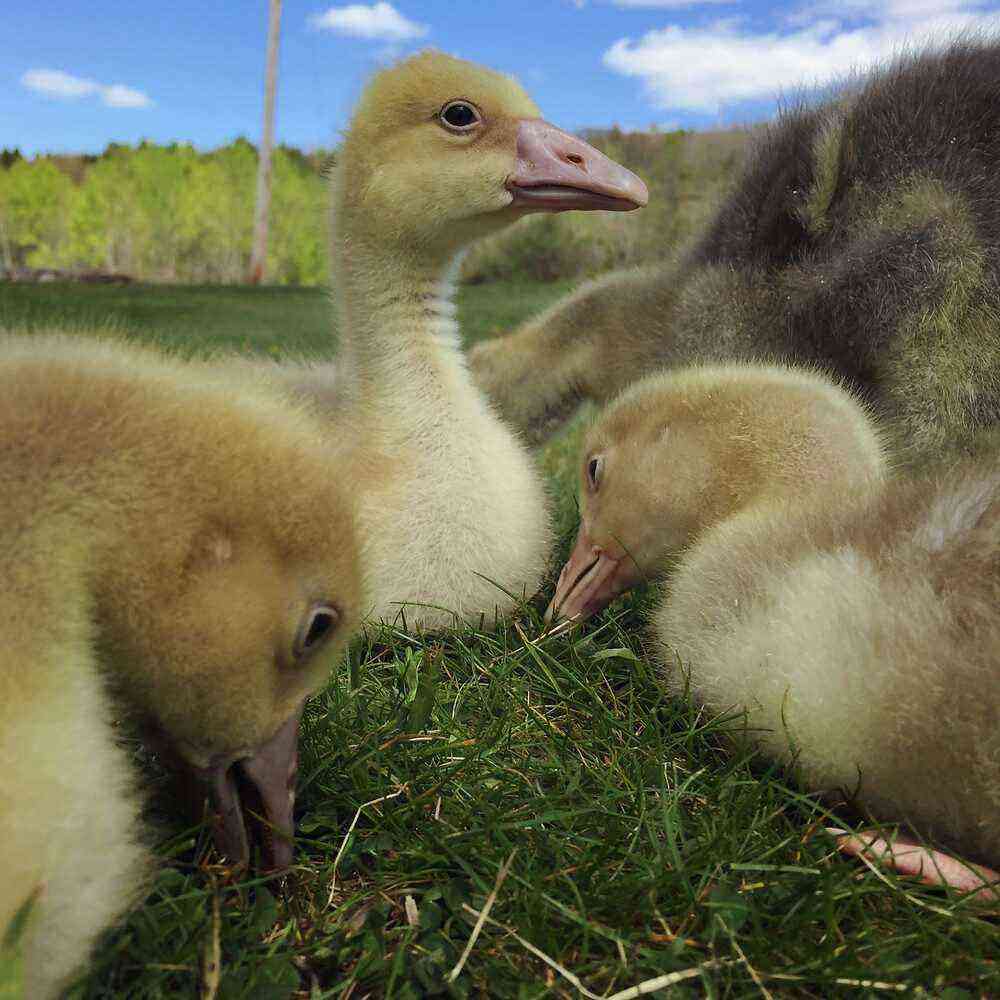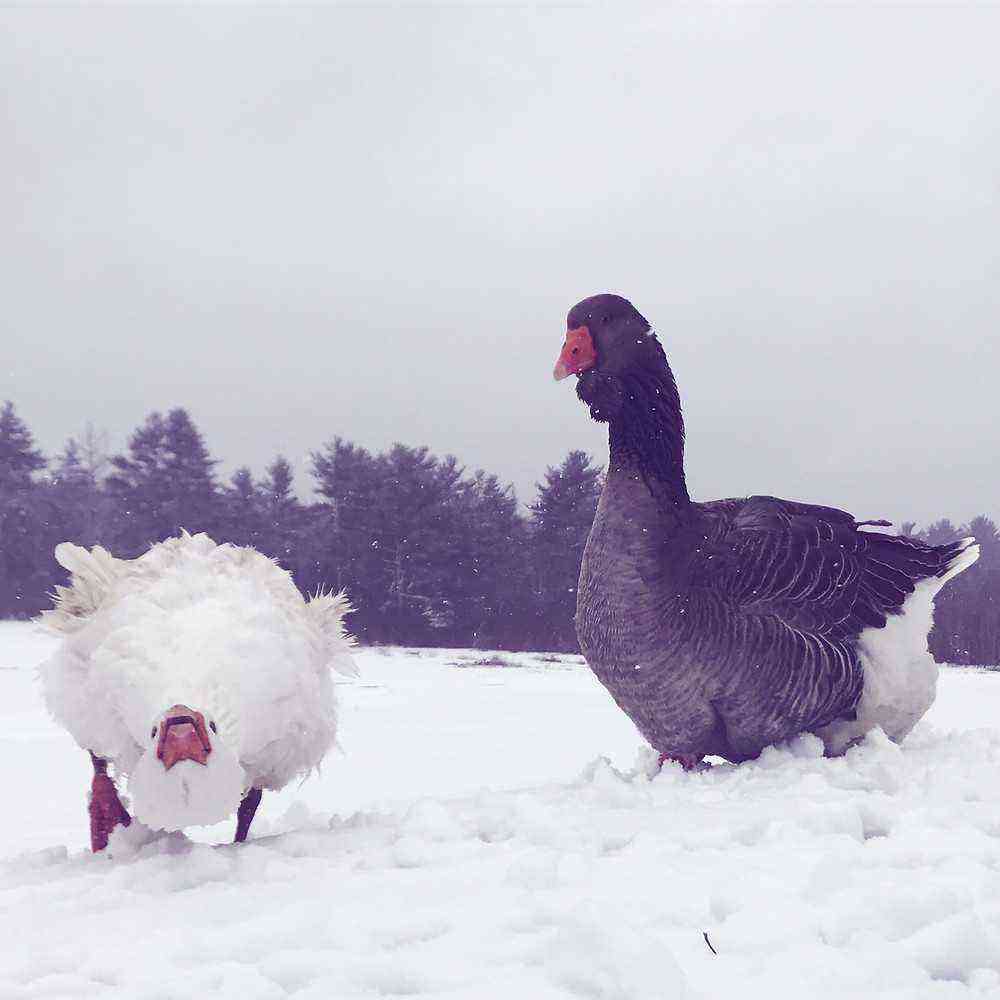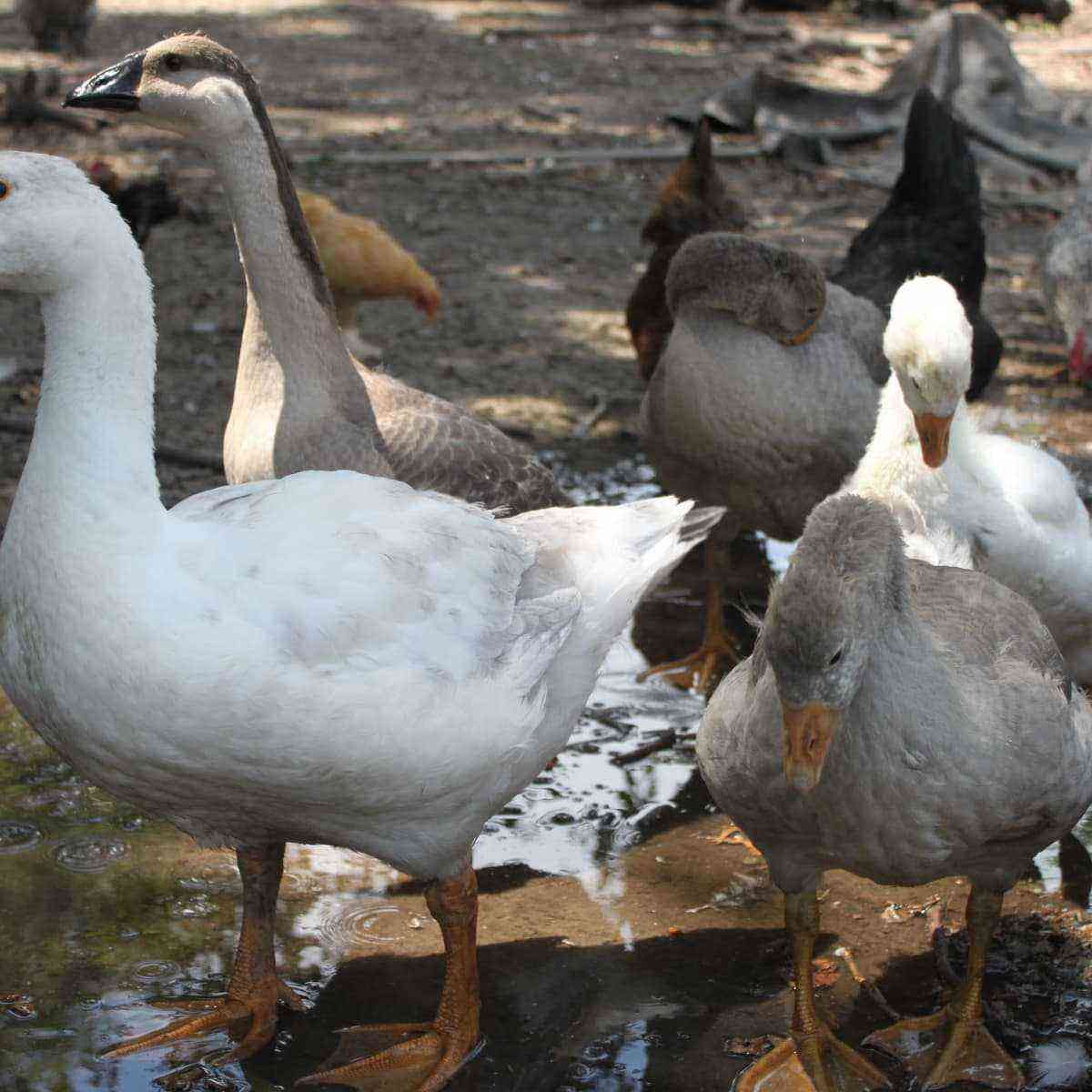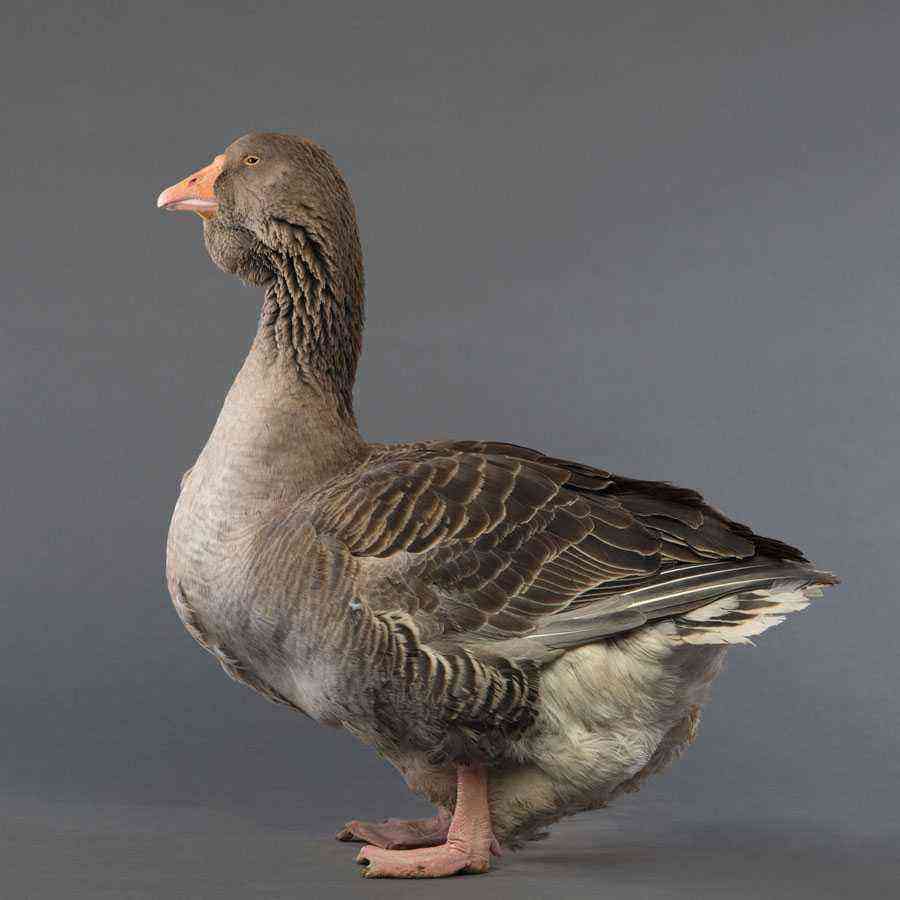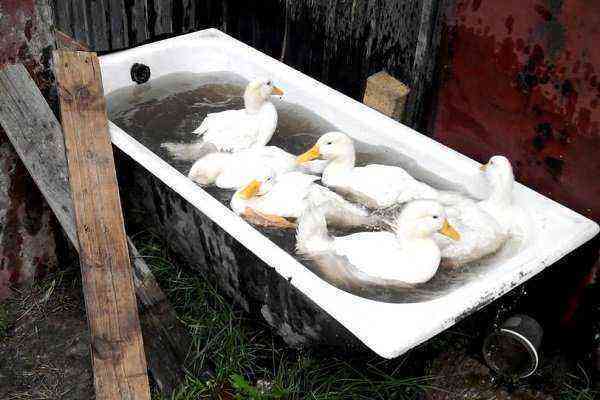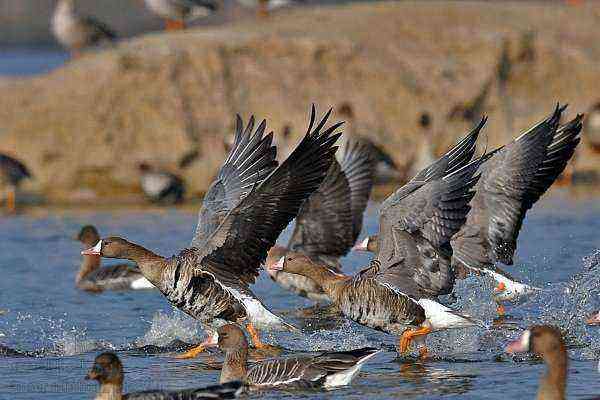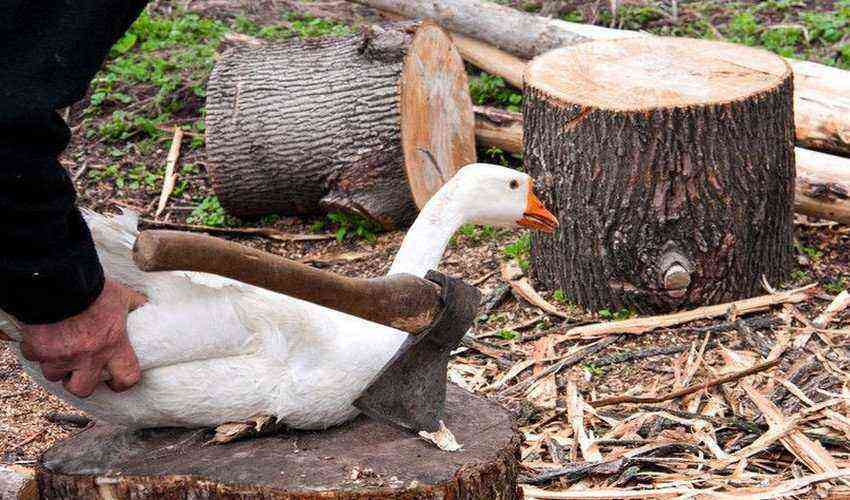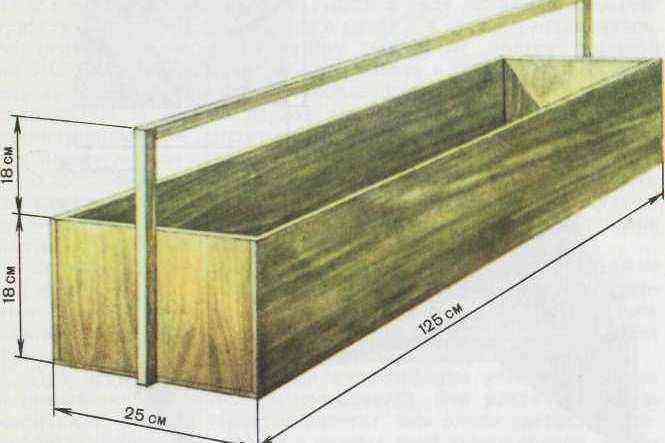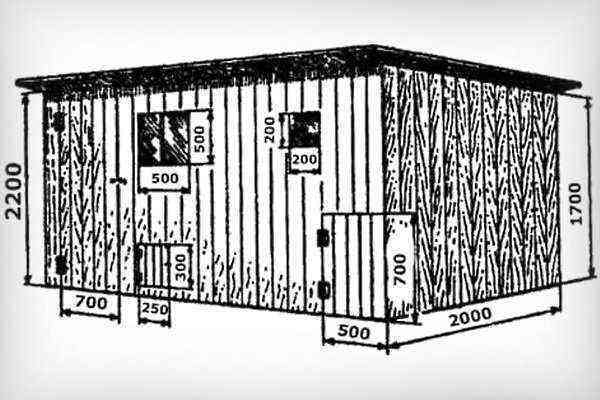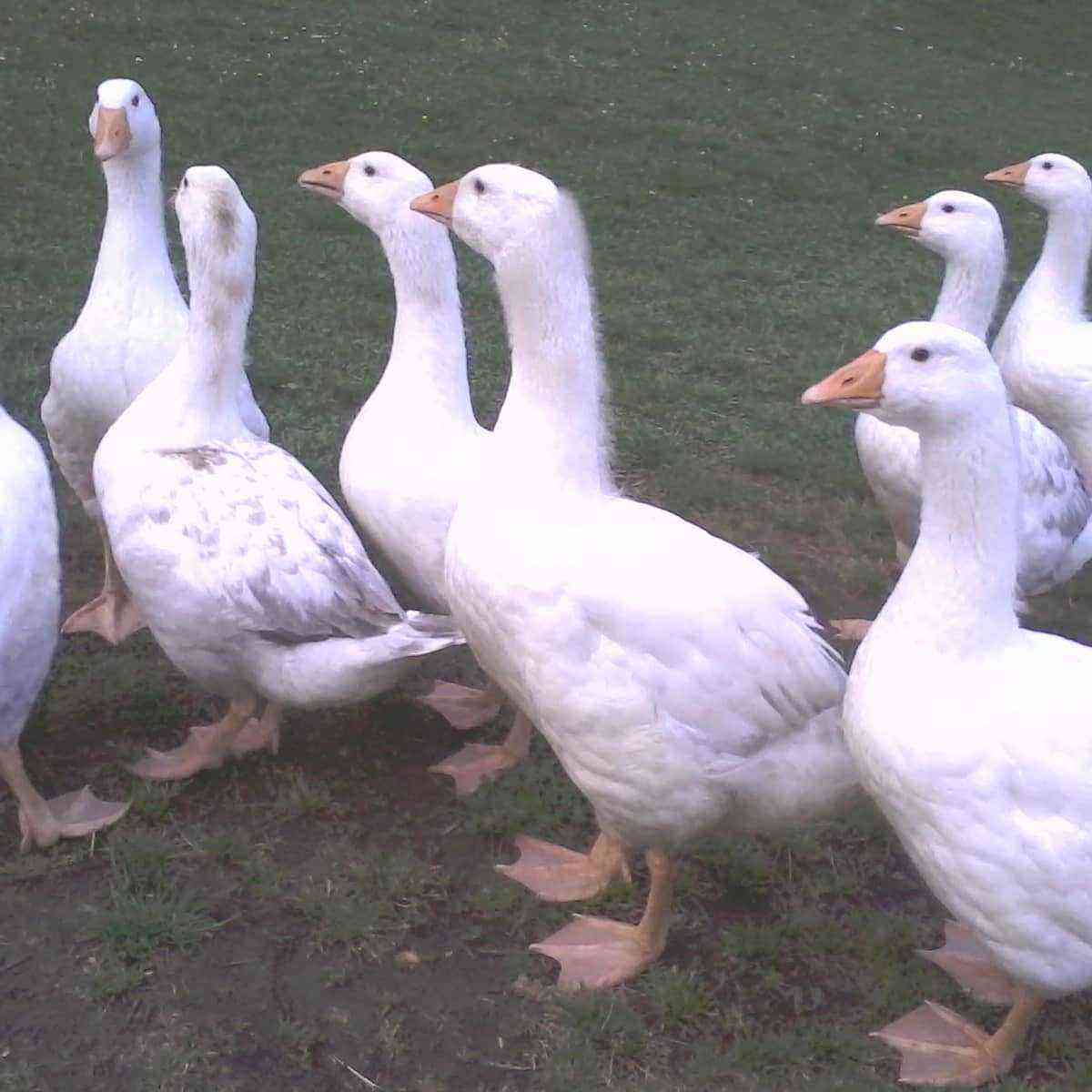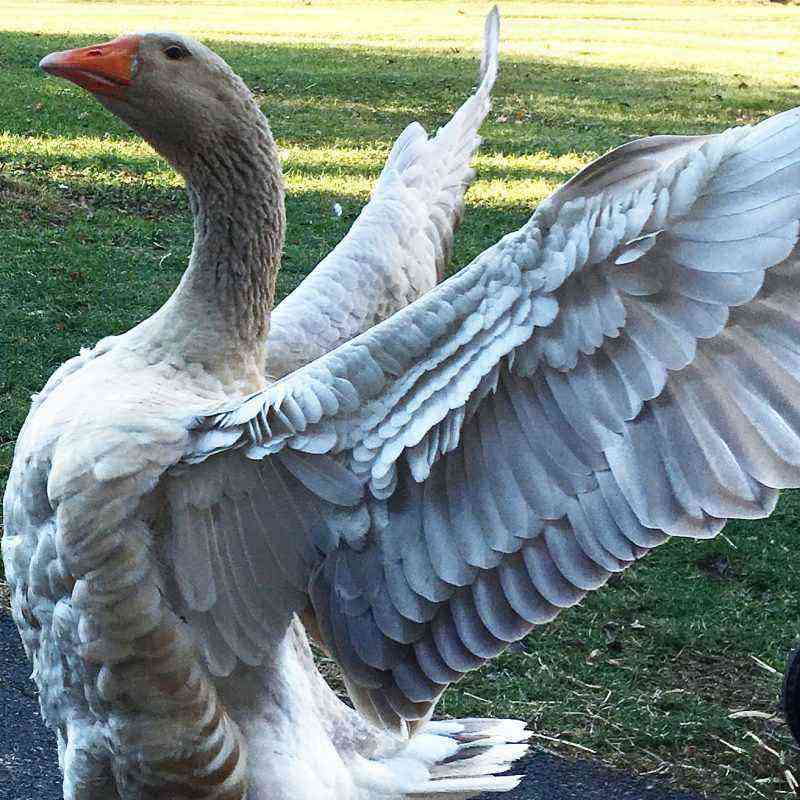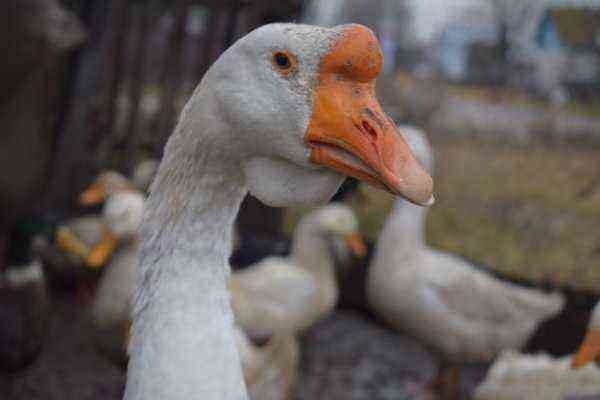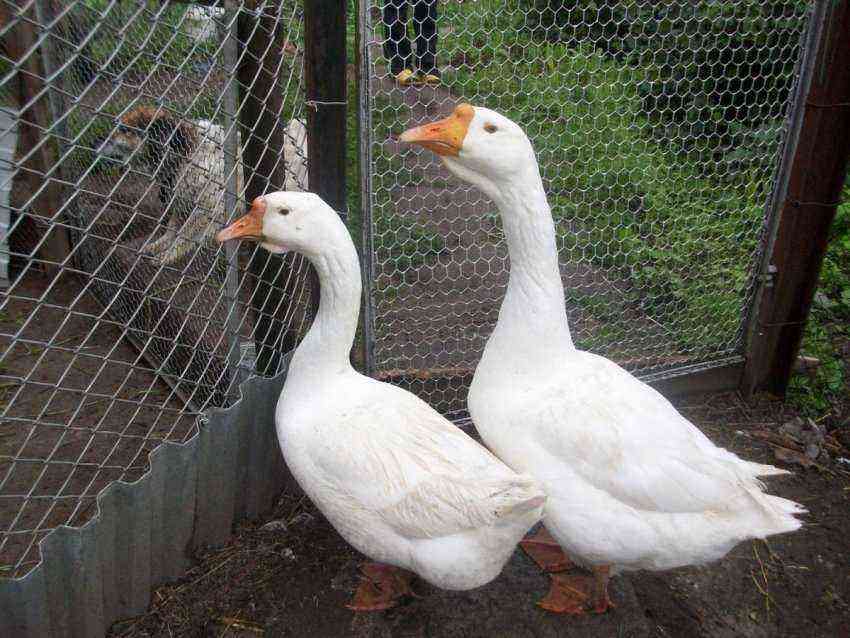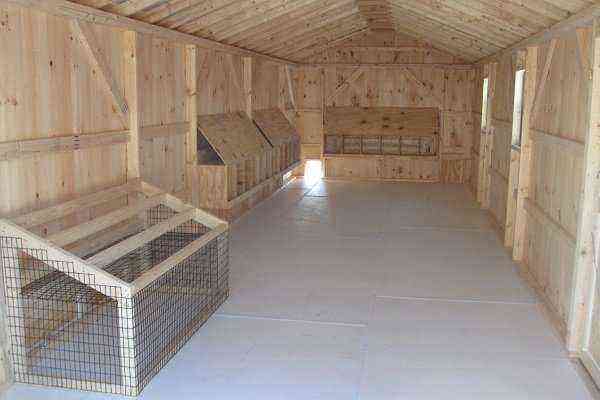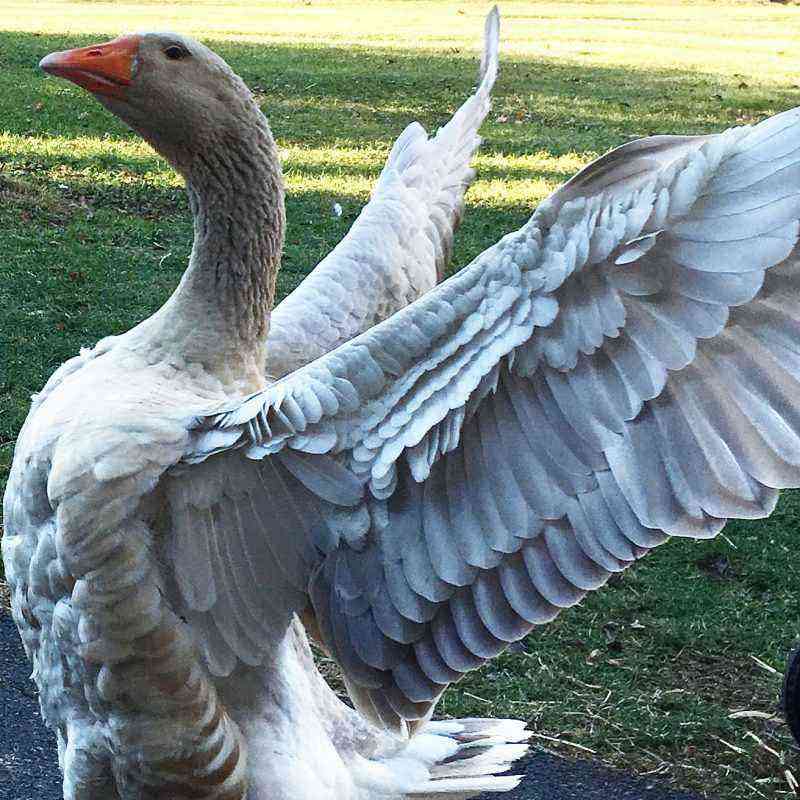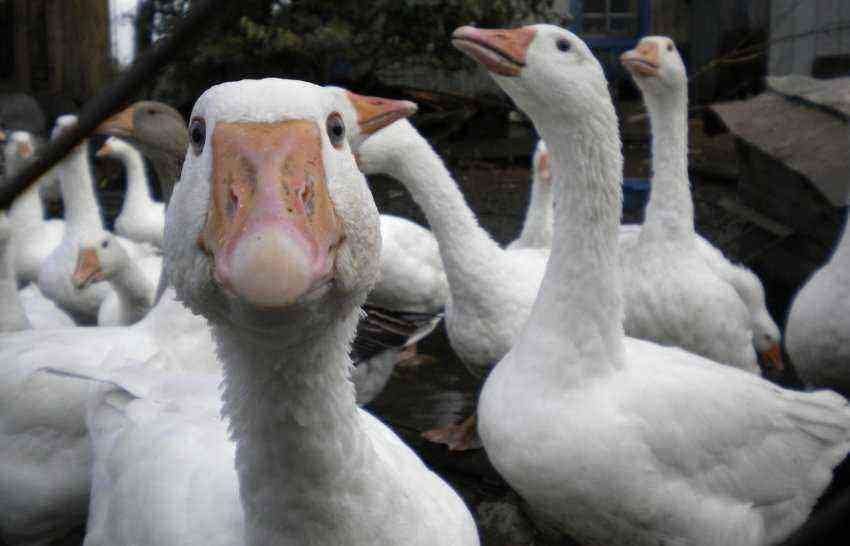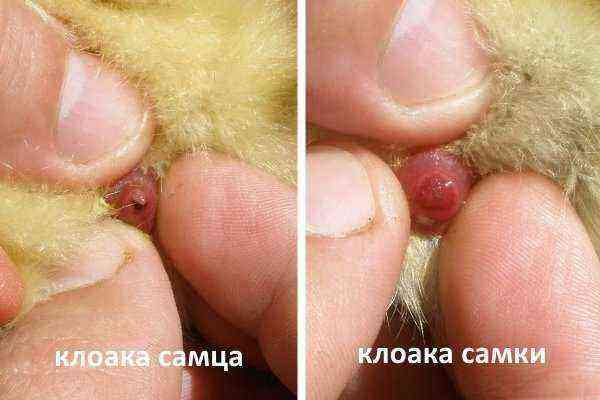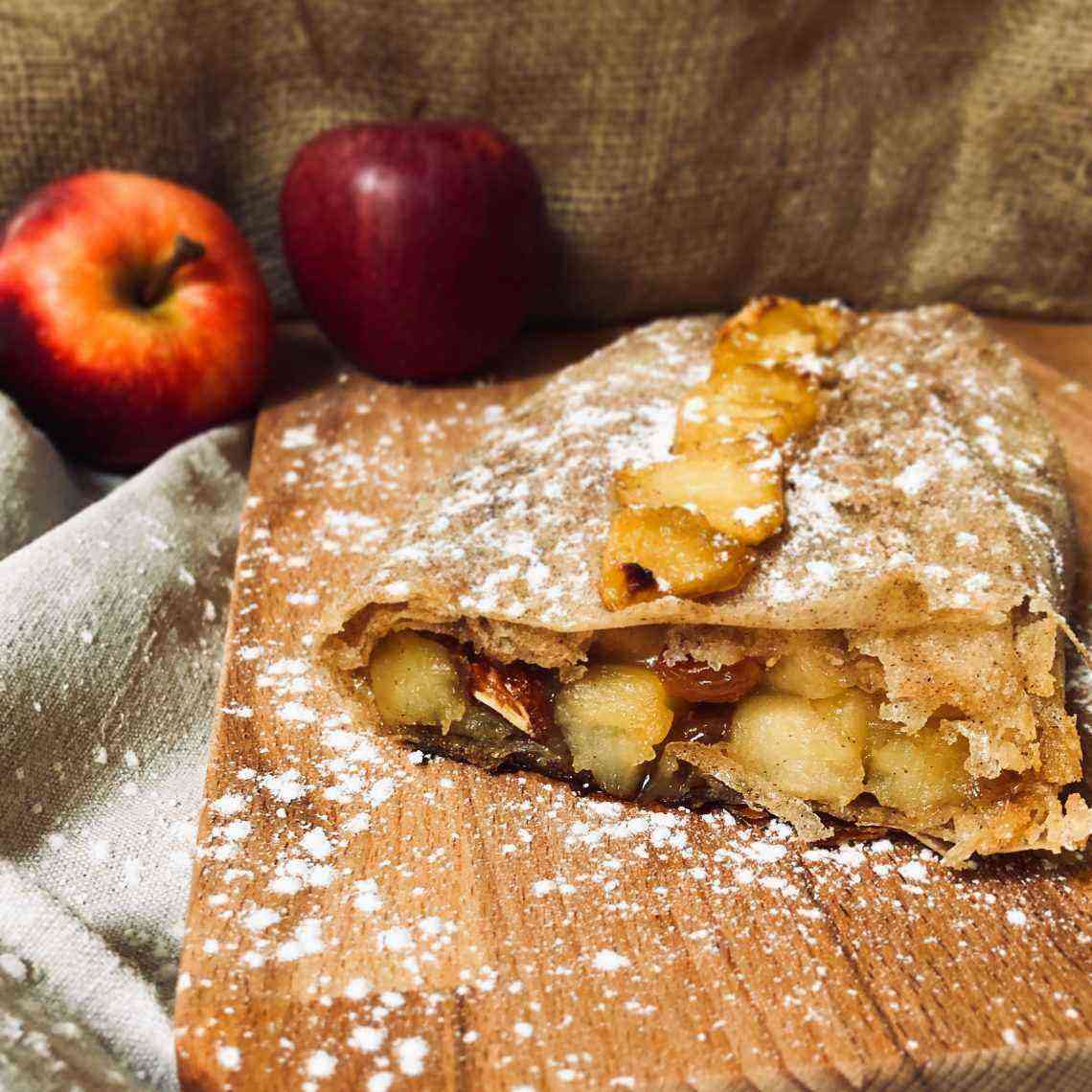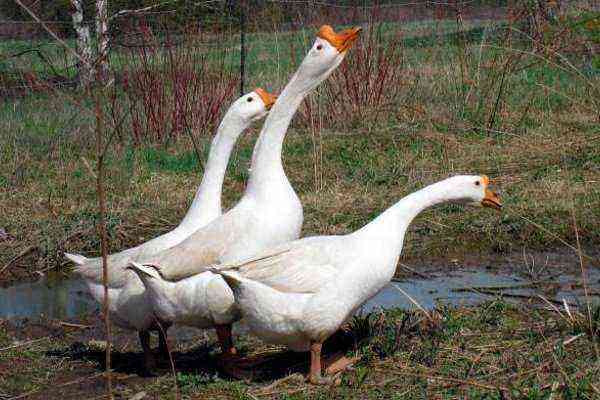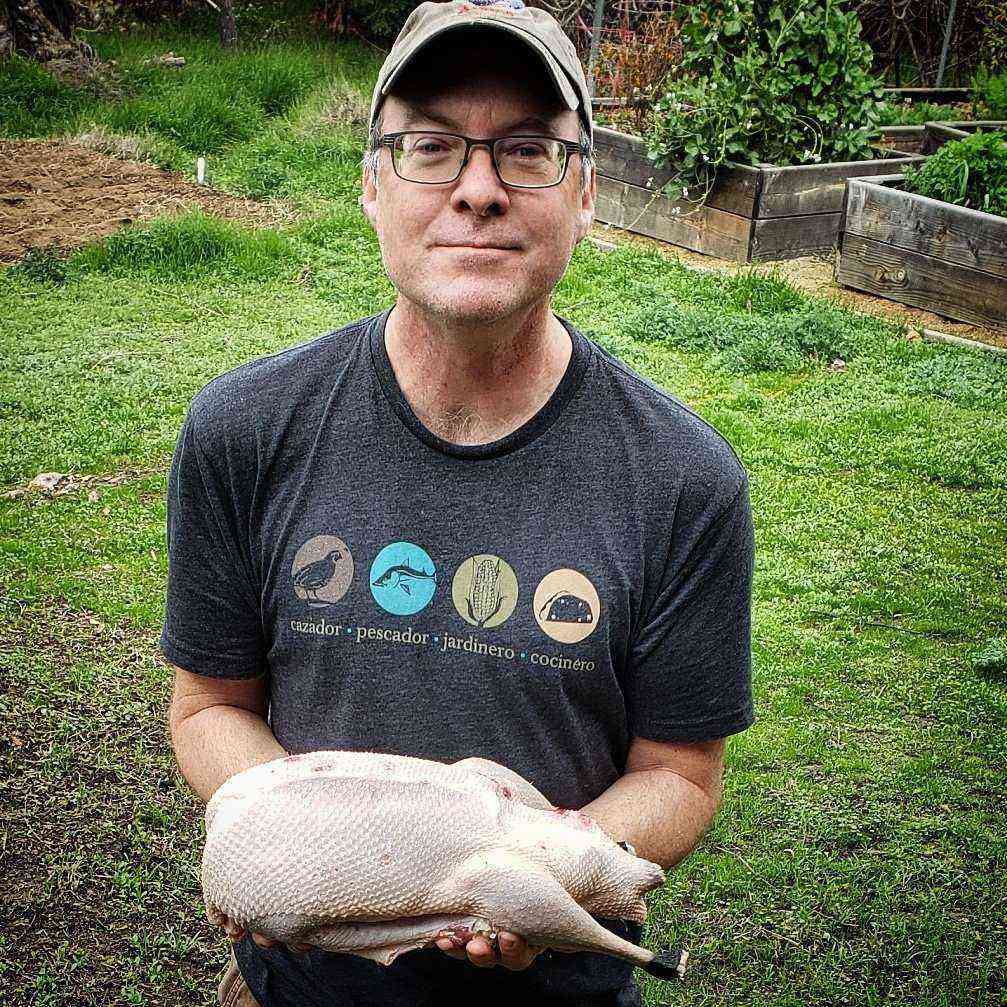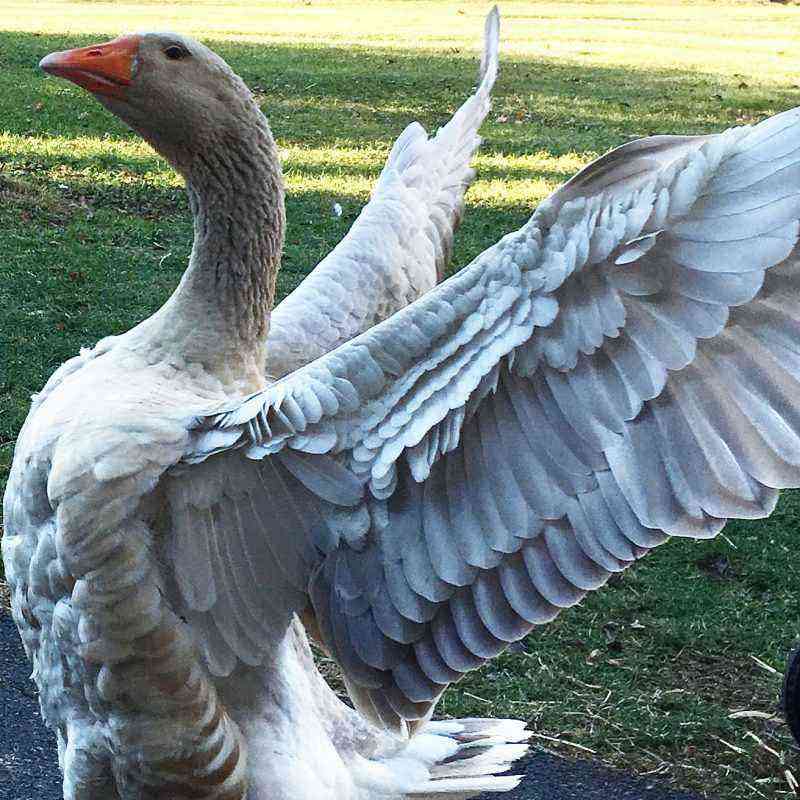Breeding geese is a profitable business. These poultry are a complete source of nutritious meat, delicious liver, large eggs, fluff, feathers and fat. Before breeding, you need to decide which breeds are most beneficial for keeping.
Breeds suitable for breeding
When choosing, consider the following factors:
- productivity and quality of meat;
- oviposition;
- quality characteristics of down and feather;
- unpretentiousness to conditions of detention;
- disease resistance.
Goose breeds are divided into the following groups:
- Large with impressive body weight. Most suitable for breeding in order to obtain meat.
- Medium. They have increased egg production, are easy to maintain, and have good meat productivity.
- Small with light weight. Such breeds are not very popular and are used exclusively for decorative purposes.
Novice farmers are advised to pay attention to the first group: geese grow quickly, possible errors in the content are immediately taken into account. In the group, the following species of birds are considered the most popular:
- Large gray, weight up to 7 kg.
- Chinese, weight up to 5 kg.
- Linda, weight up to 8 kg.
- Kuban, weight 5,5 kg.
- Kholmogorskaya, weight up to 10 kg.
- Toulouse, weight 10 kg or more.
Information for beginner poultry farmers
As a rule, geese are unpretentious, and their cultivation does not require large investments. An equipped goose house is necessary for birds, but it is not always necessary to create a special microclimate in it – only if you want to get offspring.
Geese have strong immunity, rarely get sick. Feeding them will not become overhead either. Compound feed is needed only at the initial stage. The grown birds feed on grain feed and grass, including weeds.
However, for proper development and rapid weight gain, a pasture is required where the birds could graze all day, effectively processing pasture, as well as a reservoir – natural or artificial. This can create certain difficulties in breeding.
Geese are suitable poultry even for beginner poultry farmers. With intensive fattening, they quickly gain weight already during the first three months, and after six months the weight of meat breeds reaches the possible maximum values - 5-6 kg. At this time, the birds are already ready for slaughter, it is not advisable to keep them longer, because subsequently their meat will become tougher, lose juiciness, and the carcass will take on an unattractive appearance due to the “stumps” of feathers.
Most preferred content
Geese cannot be kept in a cage, they need space, constant walking and movement. The main condition for rapid weight gain is the presence of a pasture where the bird will receive up to 2 kg of grass per day.
Content requirements
Ordinary boards, previously used brick, and adobe are suitable as a material for building a goose house. It is advisable to insulate the walls to protect the livestock from strong winds, cold and drafts.
The area of the premises is calculated based on the number of livestock. Approximately 1 square meter is required for 1 bird.
Temperature conditions
Meat breeds easily tolerate frosts down to -10 ° C, as well as short-term drops to -25 ° C. However, if birds are bred for offspring, then such conditions are unacceptable for them. Therefore, it is desirable to maintain the temperature in the poultry house at a level not lower than +15 °C.
Light mode
It is advisable to build a goose house with a facade to the south, so that more sunlight enters the windows, and in the southern regions – to the southwest or southeast.
Geese lay their eggs when daylight hours are 14 hours, so additional electric lighting will be required in autumn and winter, when daylight hours are short.
Excessive humidity in the goose coop adversely affects the health and immunity of birds. The poultry house should be as dry as possible, for this it is advisable to make the floor covering from boards or adobe. At the same time, it should be raised above the ground level by 20 cm so that groundwater does not get inside the room. Also, the roof is covered with roofing material and a slope is made so that precipitation does not get inside the room.
Mat
The litter serves as an excellent floor insulation, dries out the litter and makes the air in the room cleaner. As it is advisable to use hay, sawdust, shavings, sphagnum peat, sunflower husks, chopped corn cobs.
One bird requires about 40 kg of bulk material per year.
In winter, experienced poultry farmers cover the floor with slaked lime, and on top they lay a warm bedding of hay or straw, on which mineral fertilizers (superphosphate) are poured. As a result, by the spring they get an excellent fertilizer for the garden.
Drinking bowls, feeders
It is permissible to build a feeder with your own hands. Boards, old pipes and other improvised materials are suitable for manufacturing.
Feeders are subject to the following requirements:
- they must be safe for birds;
- suitable for the type of food (wooden – for dry mixtures, metal – for wet, plastic – for milk mixtures).
The main condition is that for comfortable eating, the size of one feeder should not be less than 15 cm. The optimal placement height is 25 cm above the floor.
Drinkers are divided into the following types:
- Nipple. Equipped with a drop catcher, provides a dosed supply of liquid. Minus – the nipples quickly become clogged.
- Bell-shaped. It has a built-in valve and allows you to control the amount of water, requires connection to a central water supply.
- Vacuum. It is easy to make, but the water in it heats up quickly.
It is necessary to monitor the quality of water in the drinker. It should always be fresh and not freeze in winter.
Walking conditions
Geese need a mandatory walking.
Water meadows, stubble, areas where clover, legumes, sorrel, nettles, dandelions, and cereals grow are suitable for grazing. The main thing is that the walking area is as spacious as possible, so that the birds have the opportunity to move more and process pasture.
Water
For breeding geese, the presence of a reservoir is not a prerequisite. Of course, a good clean pond with rich vegetation will be a definite plus, but a quick weight gain, the number of eggs, and health status depend, first of all, on the conditions of detention. If you provide the birds with good nutrition and competent care, the birds will easily survive the absence of a reservoir.
When arranging a swimming pool for geese in the courtyard, the following conditions must be observed:
- Possibility of water renewal. Non-renewable water blooms and quickly becomes polluted by birds.
- Arrangement of a gentle descent. It will be easier for adult birds to descend into the water, and for young birds to climb back onto land.
Under the baths fit large basins, troughs.
Natural hatching of chicks
If the geese are kept in a poultry house for the purpose of further breeding, it is necessary to equip the nests in the optimal number.
Nests can be made from plywood or wicker baskets with frequently changed bedding. Those geese, as a rule, have one nest, located in a warm place away from direct sunlight, preferably in a separate room from the rest of the birds. Optimal nest dimensions:
- height – about half a meter;
- length – 65 cm;
- width – 40-50 cm;
- threshold height – no more than 10 cm.
The average period of incubation of eggs is about a month. Usually the chick hatches on the 28th day.
The most common egg breeds of geese
Decorative geese. The two most beautiful breeds
Incubation of eggs at home
Breeding chicks in an incubator is quite difficult due to the large size of the eggs. It is optimal if about 70% of them survive.
The incubation period is 28-33 days depending on the breed. Pipping can begin on the 27th day of laying the incubation material in the incubator.
Incubation mode
Indicator 1-8 days 9-13 days 14-27 days 28-33 days Temperature (degrees, °C) 37,8 37,8 37,5 37,3 Relative humidity (%) 60-70 55-60 55-60 80-90 Auto rotate (6-8 times a day) + + + Off Spraying – – 2 times a day – Opening the ventilation holes, cooling (duration 10 minutes) – – 2 times a day –
How to feed geese for tasty meat
For feeding geese, several types of food are used:
- Dry. The grain mixture most often includes millet, corn, wheat. It is rarely used, because the birds on it do not gain weight well.
- Wet. The daily portion for one bird is prepared from 1 kg of grain mixture, 1,5 liters of boiling water, 5 g of fodder yeast, herbs and chopped root crops.
- Combined. It is done on the basis of the first two options.
The last two are most commonly used. You can add food waste to them.
At different times of the year, the diet will be different. In summer, birds can be self-pasture-fed, in which case it is enough to feed them in the evening with a wet mash. In winter, birds are fed twice with wet food and once with dry food.
Approximate diet
In the standard daily ration for one goose, the following components should be present:
- grass and greenery – 2 kg;
- roots – 1 kg;
- cereals – 300 g;
- powder chalk – 10 g;
- mineral feed – 25
Sources of vitamins in winter
With the advent of cold weather, food must be enriched with vitamins and proteins. As a source of nutrients, steamed dried clover, mountain ash, hay, linden, birch brooms, fish oil, germinated grain, needles and silage are used. Herbal granules are excellent, which, with proper skill, you can learn how to make on your own and harvest them for future use.
Protein-rich fish, bone meal, germinated oats. They can also be added to food.
At what age do we start fattening
Fattening of geese begins at the age of one month, when their body is strong enough. Before slaughter, adult birds begin to be fattened more intensively, increasing the number of servings from the standard two or three to six times a day.
Nursing care
Caring for chicks is fundamentally different from caring for adult birds.
Features of feeding in the first days of life
Little goslings are fed at least 6 times a day grated or heavily crushed food rich in minerals, vitamins, proteins. The basis of the diet in the first two days of life is a boiled egg, which can be slightly diluted with milk, as well as a small amount of cottage cheese.
On the third day of life, babies are offered wet formula. from crushed grain based on broth or water.
From 7 days, root crops can be added to food, and from 22 – food waste. For top dressing, chalk, bone meal, crushed eggshells are used.
Content Requirements
Goslings are kept in a clean room with whitewashed walls. The floor is covered with fluffy lime, and a bedding of fresh straw or wood shavings is laid on top. The following requirements are imposed on the content of goslings:
Возраст птенцов, дни
Температура в гусятнике, °С
Длительность светового дня, часы
Уровень освещения, лк
Плотность посадки, голов на кв. м
0-5
28-29
24
20
8-10
6-10
22-24
16
10-13
6-7
11-30
16-18
14
5-7
4-5
Более 30
15-16
12-14
5-7
2-3
In the summer, goslings can be released to pasture. The optimal age is from three weeks.
